Ranking the best sushi rice in 2025
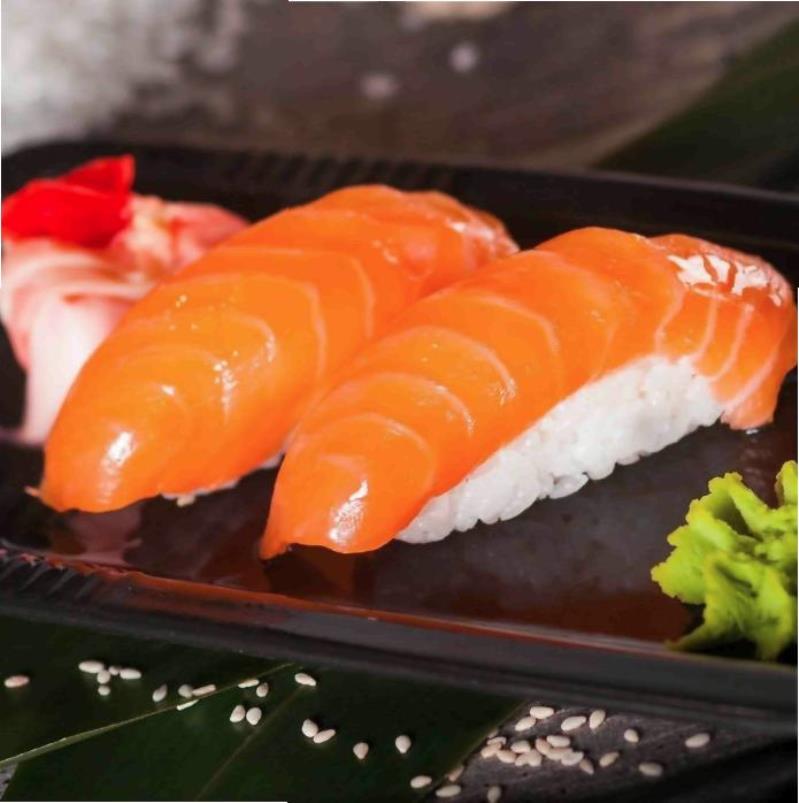
Japanese cuisine is very popular. Fans of dishes from the Land of the Rising Sun can be found in every corner of the globe. Despite the fact that it is not difficult to find restaurants and cafes with a national menu, many people prefer to cook such popular dishes as sushi and rolls on their own. And in this case, you can not do without rice, which is one of the main components.
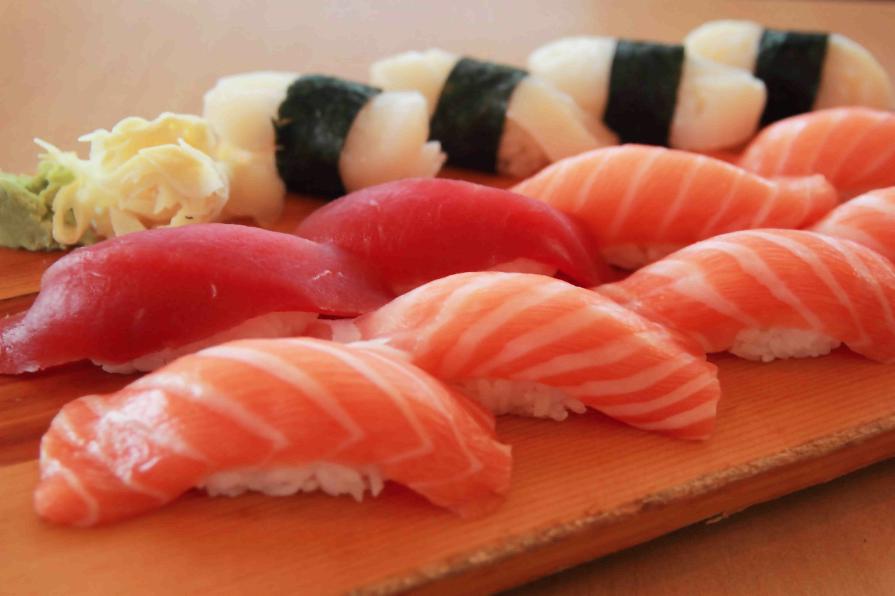
Content [Hide]
- 1 History of sushi
- 2 rice for sushi
- 3 Top Producers
- 4 Rating of the best rice for sushi
- 5 How to choose
- 6 How to cook
History of sushi
This traditional Japanese dish originated in South Asia. The fish, cleaned and cut into small pieces, was salted and mixed with rice, after which a heavy stone was placed on top of the container. The marinating process took several months. The fish prepared in this way could be eaten for a year, and the rice lost its properties and turned into an unpleasantly smelling sticky mass, which was reused or thrown away.
China and Thailand were the first to master this method of conservation. In Japan, they adopted this experience around the 7th century AD. To this day, a dish that is as close as possible to the ancient sushi has been preserved in the national cuisine. It is called narezushi and can be found in parts of Japan.
A dish similar to the modern one appeared in the 17th century. It consisted of boiled rice flavored with rice malt, vegetables and seafood. Subsequently, rice vinegar was added to sushi, which made it possible to cook them much faster and prevented fermentation processes.
In the 19th century, sushi began to be prepared not from pickled, but from raw fish. The idea came from a chef named Yohei Hanai, who lived in Tokyo. This made it possible to spend only a few minutes preparing the dish. The new recipe quickly gained popularity and was named the Edo style (the old name of the city of Tokyo), while the traditional method was given the name Kansai (the name of one of the districts of the city of Osaka). Since that time, the recipe for making sushi has not undergone significant changes, only some of the ingredients used in its preparation have changed.
rice for sushi
The popularity of sushi led stores to sell specially processed rice that was perfect for making them. Now this tradition also exists, since not every variety of rice is suitable. In addition to a suitable taste, it must have the ability to hold a given shape and not crumble.
According to the form and method of grain processing, rice is divided into three types:
- long grain;
- medium grain;
- round-grain.
The first two types are characterized by a minimum starch content. After cooking, such rice turns out to be crumbly, which is good for porridge or pilaf, but unacceptable for sushi. Round-grain rice has the highest percentage of gluten, due to which individual grains stick together and hold together.
Round-grain rice is divided according to the method of further processing:
- steamed;
- unpolished;
- polished.
Steaming allows you to save all the useful substances of cereals. The outer shell is removed, the grain is polished. Cooked steamed rice is crumbly and not suitable for traditional Japanese dishes.
Unpolished grains remain in the shell, which allows you to save useful substances, but because of this, they are cooked longer than other types. Such rice is red, brown and black.
Polished grains lose their shells, due to which few useful substances are retained in them, but this ensures the fastest cooking. Ready rice is easily formed into cakes, so it is ideal for making sushi and rolls.
For those who want to cook a dish at a professional level, you will need certain varieties of rice that you can’t find in a regular supermarket. They can be bought in specialized stores or ordered online.
The best varieties of rice for sushi are the following:
- Jasmine. Developed in Thailand, this variety is characterized by round, snow-white grains and a light vanilla aroma.
- Culrose is a Japanese variety that has become widespread in the United States. It has a high gluten content and is suitable for cooking Japanese dishes.
- Sen Soi. This variety is distinguished primarily by its characteristic taste, which goes well with seafood, fish and vegetables. The high starch content provides it with the necessary stickiness and allows it to hold its desired shape.
- Fushigon. This variety was bred in Japan, and later became widespread in most Asian countries. Its short, round grains are bright white in color. They have a high gluten content, and the cakes made from them retain their elasticity even when cooled.
- Shirataki. It is difficult to confuse rice grains of this variety with others because of its unique form, reminiscent of eggs.
Top Producers
Among the brands common in Russian stores, the following are among the best:
- Midori;
- Riso Vignola;
- Sen Soy;
- Yutaka;
- Agro-Alliance;
- Mistral Trading;
- National;
- CHIM-CHIM.
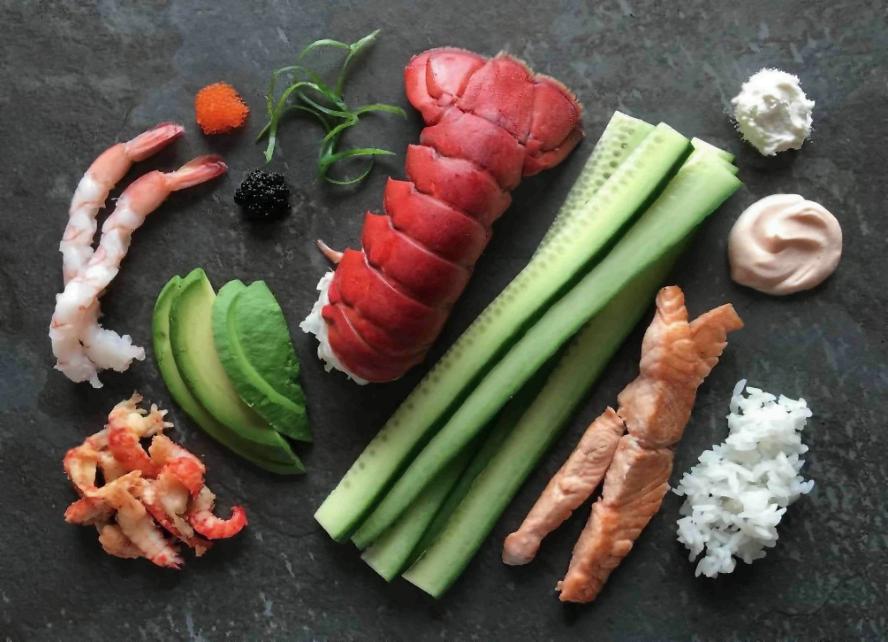
Rating of the best rice for sushi
The list includes the names of goods that are available in Russian stores and have many positive customer reviews.
Rating of the best sushi rice worth up to 200 rubles. per 1 kg
This list includes budget types of round-grain polished rice, which are suitable for cooking traditional Japanese dishes in terms of quality.
Agro-Alliance Yaponika Extra
votes 0
The cost of packing 3 kg - 359 rubles, 1 kg - 119.67 rubles.

The product belongs to the "Japanese" class and is suitable for cooking traditional Japanese dishes due to the high content of gluten, which allows you to keep the desired shape. The grains are the same size, oval, light cream in color. Does not contain GMOs and gluten. Doypack packaging. The energy value of 100 g is 340 kcal.
- high starch content;
- grains of the same size;
- easy to rinse;
- fast cooking;
- quality packaging.
- not found.
Maltagliati
votes 0
The cost of packaging 900 g - 118 rubles, 1 kg - 131.11 rubles.
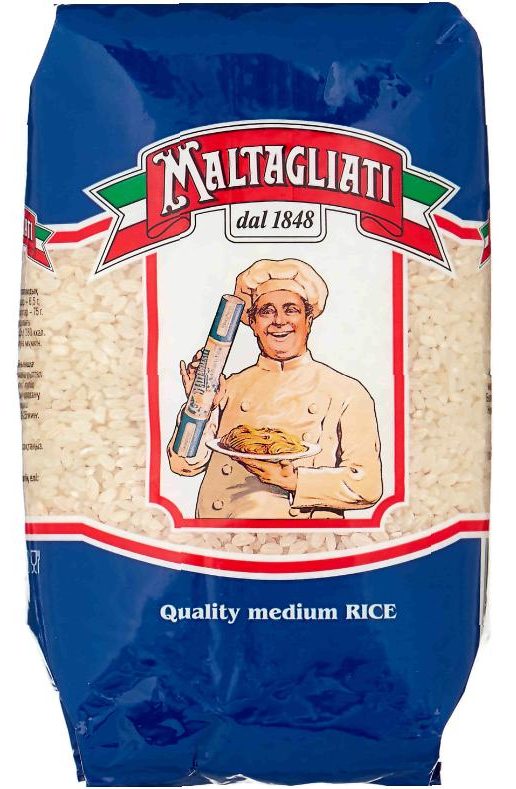
High quality at an affordable price is quite real if you opt for a product from Maltagliati. A bag with a wide transparent insert allows you to evaluate the quality of the grains. The energy value of 100 g is 380 kcal.
- clean, easy to wash;
- cooks quickly;
- keeps its shape well;
- easy to find on sale;
- price.
- broken grains.
Uvelka
votes 0
The cost of packaging 640 g - 104 rubles, 1 kg - 162.5 rubles.
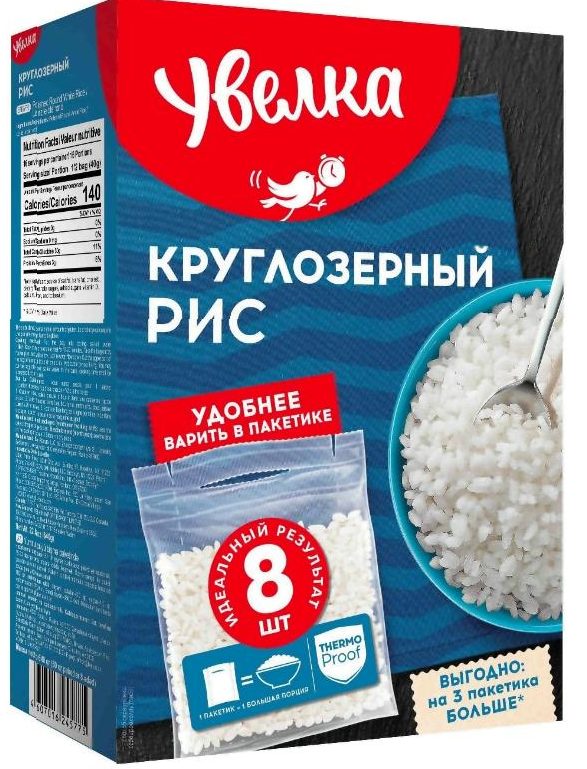
Groats are packaged in bags weighing 80 g, which makes it possible to quickly and easily prepare it. Rich in complex carbohydrates and B vitamins. Gluten free. The energy value of 100 g is 340 kcal.
- ease of preparation;
- convenience of storage;
- taste qualities;
- domestic product.
- many broken grains;
- sticks weakly.
"Kuban Elite" Kubanochka
votes 0
The cost of packaging 900 g - 168 rubles, 1 kg - 186.67 rubles.
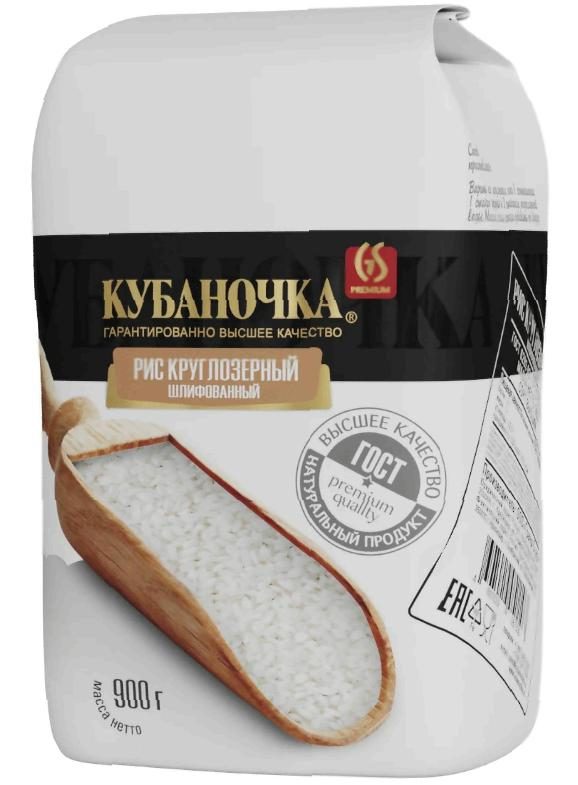
The product is made by a domestic manufacturer from Kuban rice grown in the southern regions of Russia. Suitable for many dishes, suitable for baby food.Does not contain GMOs, artificial colors and flavors, preservatives. Corresponds to GOST. Contains silicon, magnesium, phosphorus, manganese, copper, selenium, zinc.
- goods of a domestic manufacturer;
- used rice of the same variety;
- high content of useful elements;
- suitable for children;
- does not contain artificial additives.
- weakly holds its shape due to the low content of starch;
- an opaque bag does not allow assessing the quality of the grain.
ARO
votes 0
The cost of packaging 900 g - 172 rubles, 1 kg - 191.11 rubles.
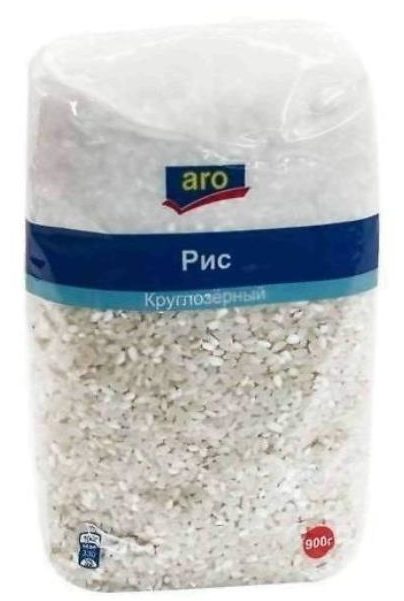
This cereal is characterized by a fast cooking speed: it is enough to cook it for 10-13 minutes. Packed in a transparent bag, which allows you to assess the quality of the goods. Suitable for many types of dishes: cereals, puddings, sushi and rolls. Energy value of 100 g - 356 kcal.
- cooking speed;
- good taste;
- nice smell;
- easy to find on sale.
- mixed grains from different batches (of different colors and transparency).
Rating of the best rice for sushi costing from 200 to 300 rubles. per 1 kg
Average price category of rice, which is quite affordable and widely available.
National Japanese
votes 0
The cost of packaging 800 g - 176 rubles, 1 kg - 220 rubles.
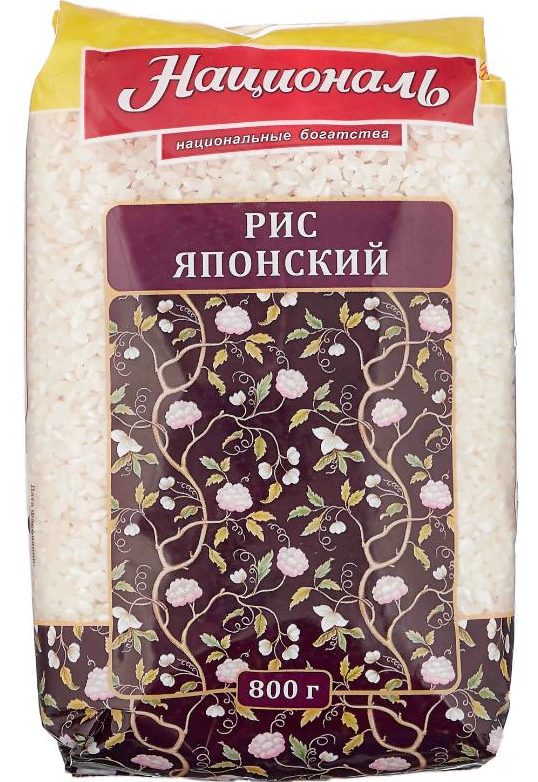
The product of domestic production is created in full accordance with Japanese traditions. Due to the high content of starch, the cereal is well boiled and retains its shape. A transparent package allows you to evaluate its purity and quality.
- traditional Japanese taste;
- homogeneous grains;
- cooks quickly;
- gluten free.
- not found.
TAKEMURA
votes 0
The cost of packing 1 kg is 247 rubles.
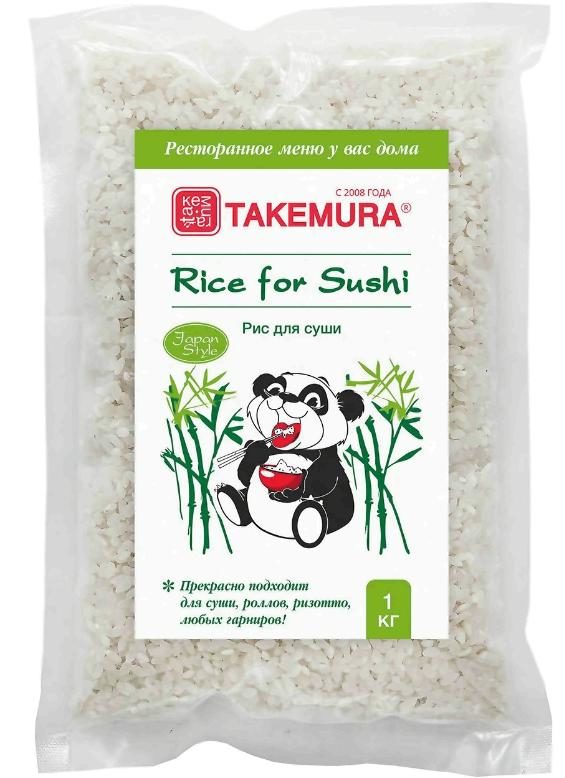
A product from a Chinese manufacturer corresponds to the traditions of making sushi, because in this country they know a lot about them. Grains uniform in color and size are placed in a strong bag with a transparent front wall, which allows you to visually assess the quality. Energy value - 333 kcal.
- homogeneous translucent grains;
- optimum stickiness;
- good taste;
- cooks quickly.
- crushed grains.
Bravolli! Fushigon
votes 0
The cost of packaging 350 g - 98 rubles, 1 kg - 280 rubles.

The cereal is made from a variety of rice, which the Japanese consider one of the best for sushi and rolls. The transparent package allows you to evaluate the quality. Gluten free. Doypack packaging. Cooking time - 20 minutes. Shelf life 485 days. The package must be stored in a dry, dark place.
- used rice of the same variety;
- taste qualities;
- cooks quickly;
- transparent packaging.
- small package size.
Sen Soy
votes 0
The cost of packaging 250 g - 74 rubles, 1 kg - 296 rubles.
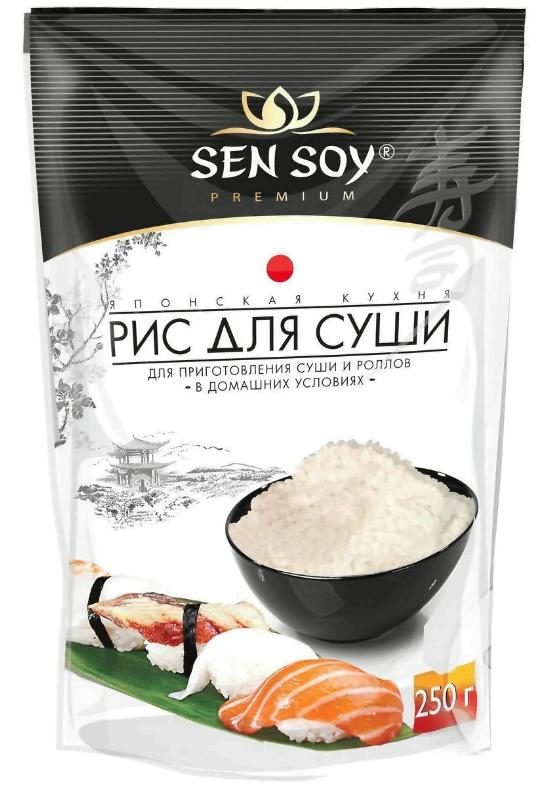
This cereal is aged in the traditional Japanese style. It is uniform in color and size, has a high gluten content and keeps its desired shape even when cooled. Doypack packaging. The energy value of 100 g is 343 kcal. Shelf life - 24 months.
- traditional Japanese taste;
- keeps its shape well;
- uniform size;
- gluten free;
- cooking instructions on the package.
- small package size.
MIDORI
votes 0
The cost of packaging 450 g - 134 rubles, 1 kg - 297.78 rubles.

Whole grains do not contain gluten. The percentage of gluten allows it to be used for traditional Japanese cuisine. The energy value of 100 g is 333 kcal.Packaging - a package that allows you to evaluate the quality before the purchase.
- taste qualities;
- grains of the same size;
- convenient packaging;
- gluten free.
- sticky weak.
Rating of the best sushi rice worth over 300 rubles. per 1 kg
These types of rice will be appreciated by true professionals who have a high level of cooking skills. They are suitable for home cooking, as well as for cafes and restaurants.
Karachikha
votes 0
The cost of packaging 900 g - 350 rubles, 1 kg - 388.89 rubles.
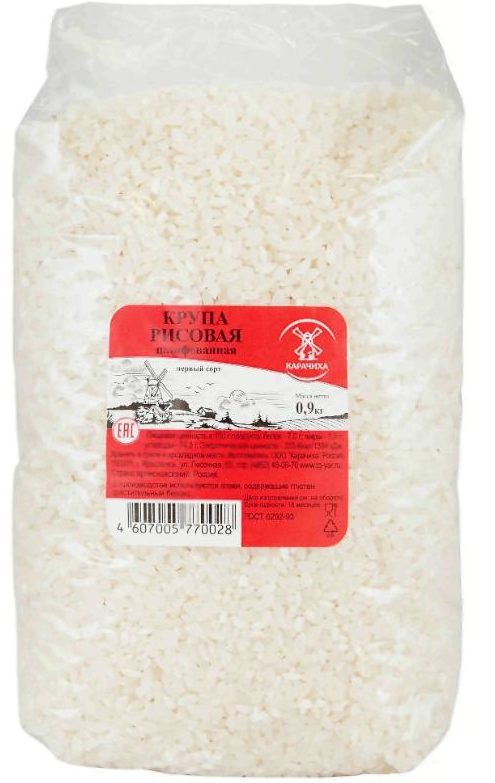
The Karachikha variety is distinguished by white and smooth grains of the same size, which can be easily polished. The minimum fat content allows it to be consumed even by those who are on a strict diet. Corresponds to GOST 6292-93. Energy value - 333 kcal. Shelf life 792 days.
- homogeneous grain;
- high starch content;
- suitable for diet food;
- packaging allows you to evaluate the type and quality of the product;
- product of a domestic manufacturer.
- may contain gluten.
RISO VIGNOLA
votes 0
The cost of packing 1 kg is 425 rubles.
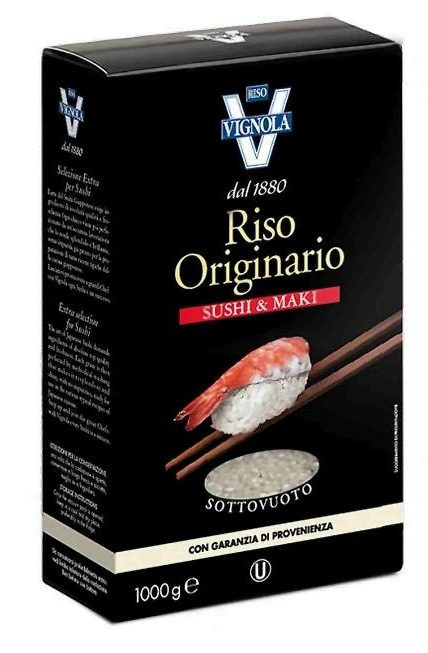
The product from the Italian manufacturer is of high quality, so it will be appropriate both in the home kitchen and in an expensive restaurant. Made from one type of rice. The stickiness is ideal for Japanese cuisine. The grains are uniform in color and size, packed in a cardboard box. Expiration date - 1080 days.
- premium quality;
- taste and aroma;
- keeps the given shape;
- gluten free;
- eco-friendly packaging.
- not found.
agriculture
votes 0
The cost of packaging 800 g - 460 rubles, 1 kg - 575 rubles.

White polished groats are a mixture of several soft varieties.Suitable for a wide range of dishes from different cuisines of the world. Packed in a strong package. The volume of 800 g is optimal for not too long storage. Energy value - 360 kcal. The expiration date is 365 days.
- easy to find on sale;
- goods of a domestic manufacturer;
- corresponds to GOST 6292-93.
- groats are dirty, require prolonged washing;
- through a small transparent window it is difficult to assess the quality before buying.
Yutaka Sushi Rice
votes 0
The cost of packing 500 g - 407 rubles, 1 kg - 814 rubles.
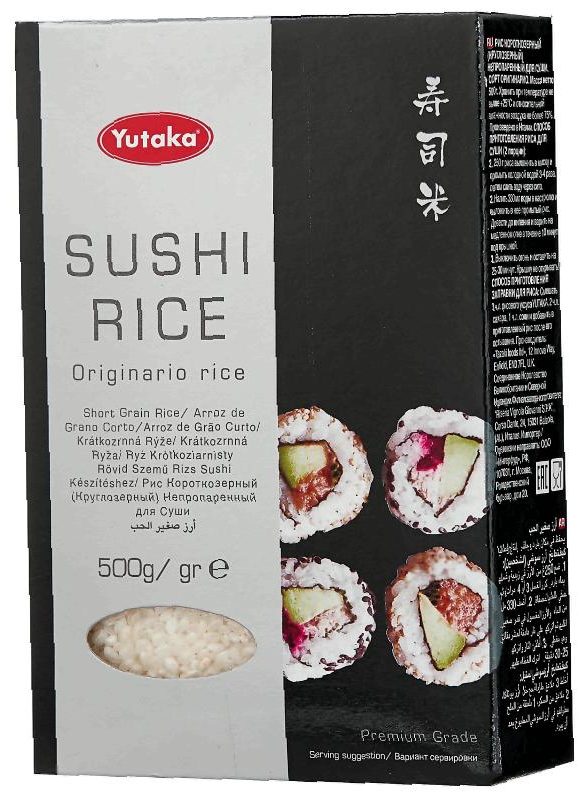
This whole grain whole grain is gluten-free but high in starch, making it ideal for Japanese dishes. Made from Originario rice. Shelf life is 1090 days. Energy value of 100 g - 354 kcal. Packed in a box.
- excellent taste qualities;
- keeps the shape
- cooks quickly;
- convenient packaging.
- price.
Alce Nero Arborio
votes 0
The cost of packaging 500 g - 486 rubles, 1 kg - 972 rubles.
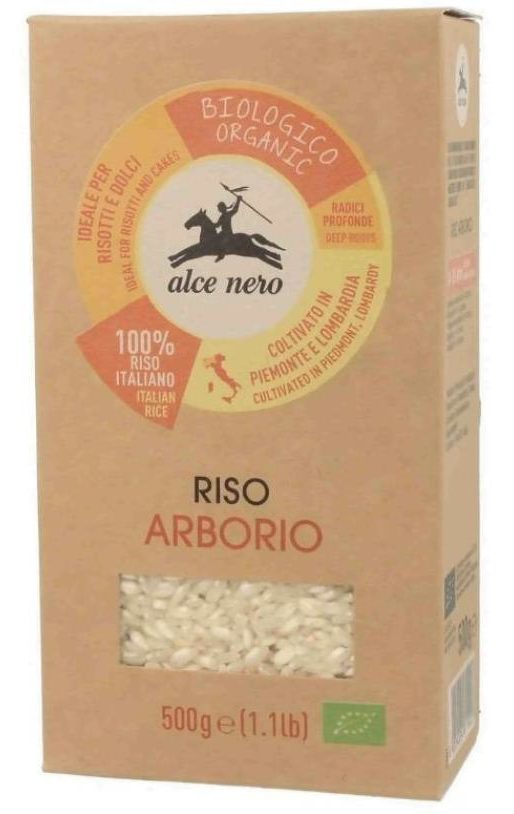
The product from the Italian brand boasts premium quality. Arborio rice variety used. Grains of pale pink color are perfectly boiled soft, keep the given shape and have a pleasant creamy taste. Gluten free. The energy value of 100 g is 353 kcal. Shelf life 24 months.
- clean cereals that do not require long-term washing;
- homogeneous grains;
- fast cooking;
- keeps its shape well;
- pleasant taste.
- difficult to find on sale;
- price.
How to choose
For cooking Japanese dishes, you should take only round-grain polished rice. It is necessary to pay attention to its appearance.All grains should be approximately the same size (4-5 mm), the presence of oblong rice grains indicates that several varieties are mixed in the batch, and it will not work to prepare a quality dish from such cereals.
The presence of split, damaged grains is undesirable. They will cook faster than whole ones, which will not affect the taste of the finished dish for the better.
All grains should be the same color, white or milky. The presence of transparent grains indicates that cereals from the old and new batches are mixed. A quality dish from such a mixture will not work.
How to cook
Sushi rice should be prepared in a certain way, following a number of rules:
- Rinse the rice until the water runs clear.
- Soak the cereal for at least half an hour.
- Dry the cereal before cooking.
- The pot should have thick walls and a well-ground lid that won't release steam.
- Pour the cereal with cold water, put on fire.
- Cook the rice in a pot covered with a lid until the water is completely absorbed. After the water is absorbed, you need to hold the pan on low heat for about 10 minutes. Do not lift the lid until the end of cooking.
The following proportions are used: for 240 g of rice, you need to take about 300 ml of water. When cooking, no seasonings are used. Vinegar, salt and sugar must be added to the cooked cereal. Filling Ingredients:
- 1/4 teaspoon salt;
- 1 teaspoon of sugar;
- 2.5 tablespoons of rice vinegar.
Mix all the ingredients until the salt and sugar are completely dissolved, pour into the cereal, stir with a wooden or silicone spatula.
Do-it-yourself sushi is an easy and affordable way to add variety to your life without spending a lot of money and enjoying the process of cooking a popular and beloved dish by many.
new entries
Categories
Useful
Popular Articles
-

Top ranking of the best and cheapest scooters up to 50cc in 2025
Views: 131649 -

Rating of the best soundproofing materials for an apartment in 2025
Views: 127688 -

Rating of cheap analogues of expensive medicines for flu and colds for 2025
Views: 124517 -

The best men's sneakers in 2025
Views: 124031 -

The Best Complex Vitamins in 2025
Views: 121937 -

Top ranking of the best smartwatches 2025 - price-quality ratio
Views: 114978 -

The best paint for gray hair - top rating 2025
Views: 113393 -

Ranking of the best wood paints for interior work in 2025
Views: 110318 -

Rating of the best spinning reels in 2025
Views: 105327 -

Ranking of the best sex dolls for men for 2025
Views: 104363 -

Ranking of the best action cameras from China in 2025
Views: 102214 -

The most effective calcium preparations for adults and children in 2025
Views: 102010









